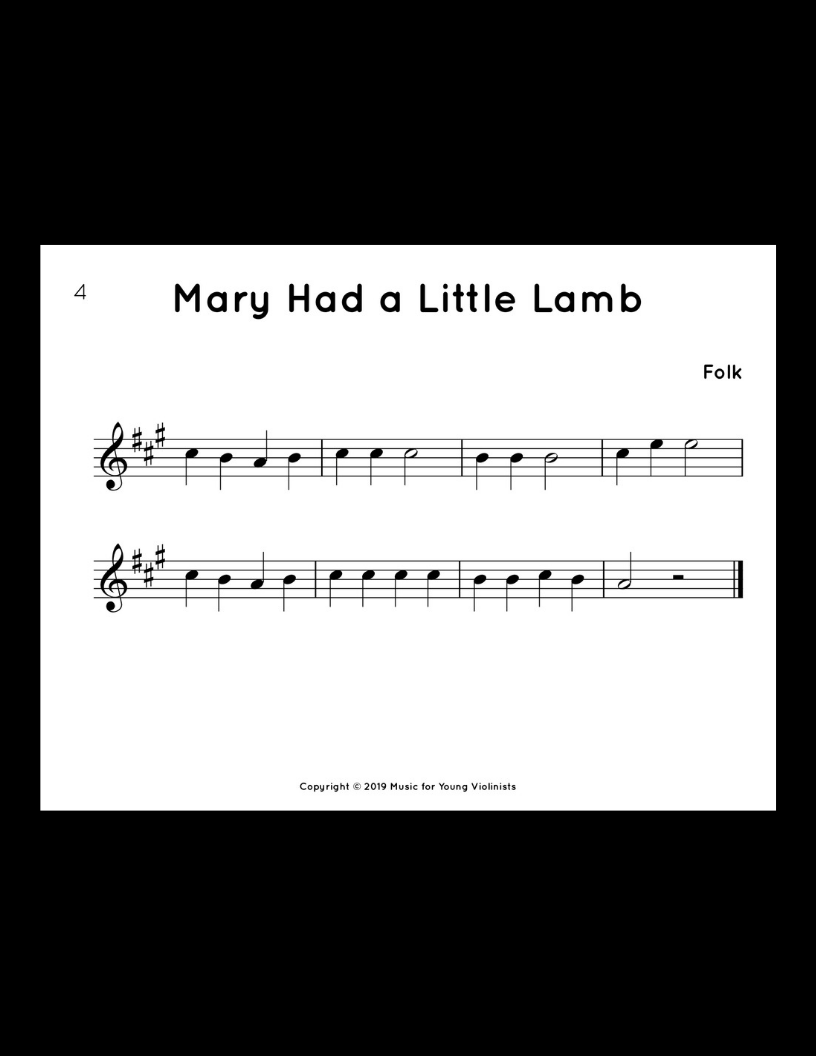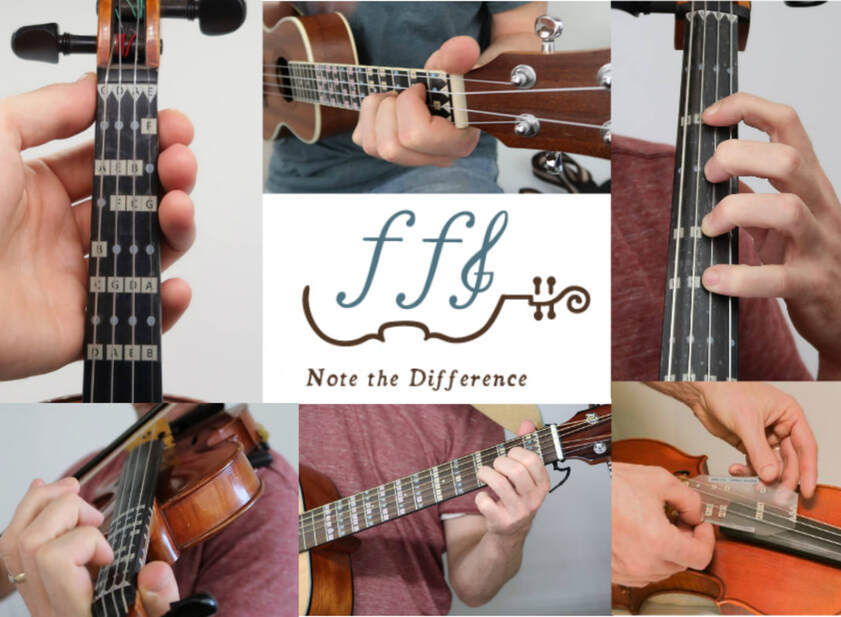

Ravel's biographer Roger Nichols describes the sonata as incorporating the tension between “diatonic/modal lyricism”, as in the first movement, and “propulsive rhythms, where harmony and melody are in some cases secondary”, as in the third. (One witness to the American premiere recalls Szigeti's bow getting stuck between two violin strings in the third movement because he was unprepared for Ravel's quicker-than-rehearsal tempo, a story not recorded in Szigeti's memoirs.) Violinist Joseph Szigeti, who gave the American premiere of the sonata the following year, describes Ravel's piano playing as nonchalant, as if communicating in real-time was unimportant compared to the process of writing the notes on the page for posterity.

The venue was the Salle Erard, Paris, where many of Ravel's earlier compositions (not to mention Liszt's) had first been publicly heard. Enesco, like Ravel, was a former composition student of Faure. Ravel himself played the piano part at the first performance of the sonata in 1927, with violinist Georges Enesco. At least he managed to get some pedagogical mileage out of his struggle with the sonata: he used the occasion of his throwing into a burning fire the manuscript of a completed movement, now lost forever, to demonstrate to one of his students that he could be as critical of his own efforts as he was of others'. During this same period he completed an opera (L'Enfant et les sortilèges) and wrote another now wildly popular violin piece (Tzigane). The reason he had difficulty completing this piece is not entirely clear. Ravel's second sonata for violin and piano had a four year gestation, possibly the longest of any of his works. Once you’ve done all of the strings, your violin will be perfectly in tune and ready for practicing or performing once again.Ravel's Violin Sonata Maurice Ravel (1875 – 1937), Sonata for violin & piano No 2 in G (1927)

Then you move on to the other strings and repeat the same process. Once the string has the right amount of tension and is tuned to pitch, the indicator will land directly above the headstock image. The app shows you whether you’re sharp or flat, and moves as you adjust the violin strings and their tension. With the Auto mode, all you have to do is play a note and the app’s algorithm will detect which note you are trying to tune to, showing an indicator above the image of the violin headstock. The Auto mode in our violin tuner is even easier to use. Once all four strings from the G string to E string are in tune, congratulations! Your violin is in tune and you’re ready to play. Once the notes sound the same, the string of your violin is in tune and you can proceed to the next string. You’ll either be sharp (too much tension, giving you a higher pitch), or flat (too little tension, resulting in a pitch that’s too low). From there, you then turn the tuning peg on the headstock of your violin to get the string to match the note from the tuner. This will generate an accurate tone that you can use to tune by ear.
#VIOLIN NOTES MANUAL#
In manual mode, all you have to do is press the note letter. This setting allows you to tune your violin to the standard (G D A E) violin tuning.Īfter selecting the correct tuning, the screen shows a violin headstock. From there, simply pick ‘Violin: Standard’. For our purpose, the section you want to select is ‘Violin Family’. There you’ll find a wide range of instruments supported by the app.
#VIOLIN NOTES DOWNLOAD#
The first step to properly tune your violin is to download the GuitarTuna app and go to the ‘Settings’ section. With our violin tuner app, you’ll find that this is in fact easier than it sounds. That in and of itself can be tricky enough, but you then have to tune each individual string to sound correct relative to other strings on your instrument. Stringed instruments such as the violin are tuned by applying the correct amount of tension to its strings, resulting in a pitch that is harmonically perfect.


 0 kommentar(er)
0 kommentar(er)
